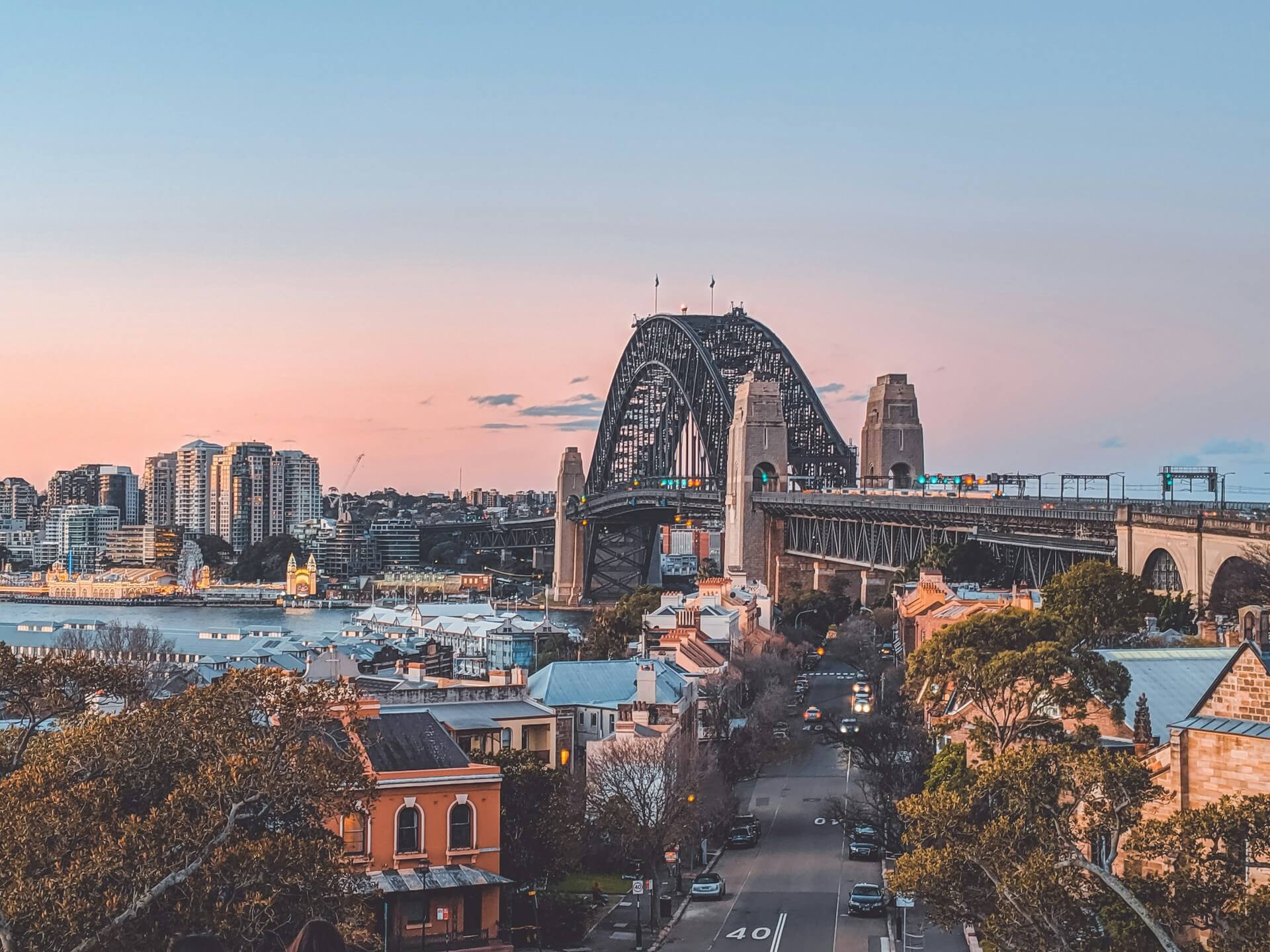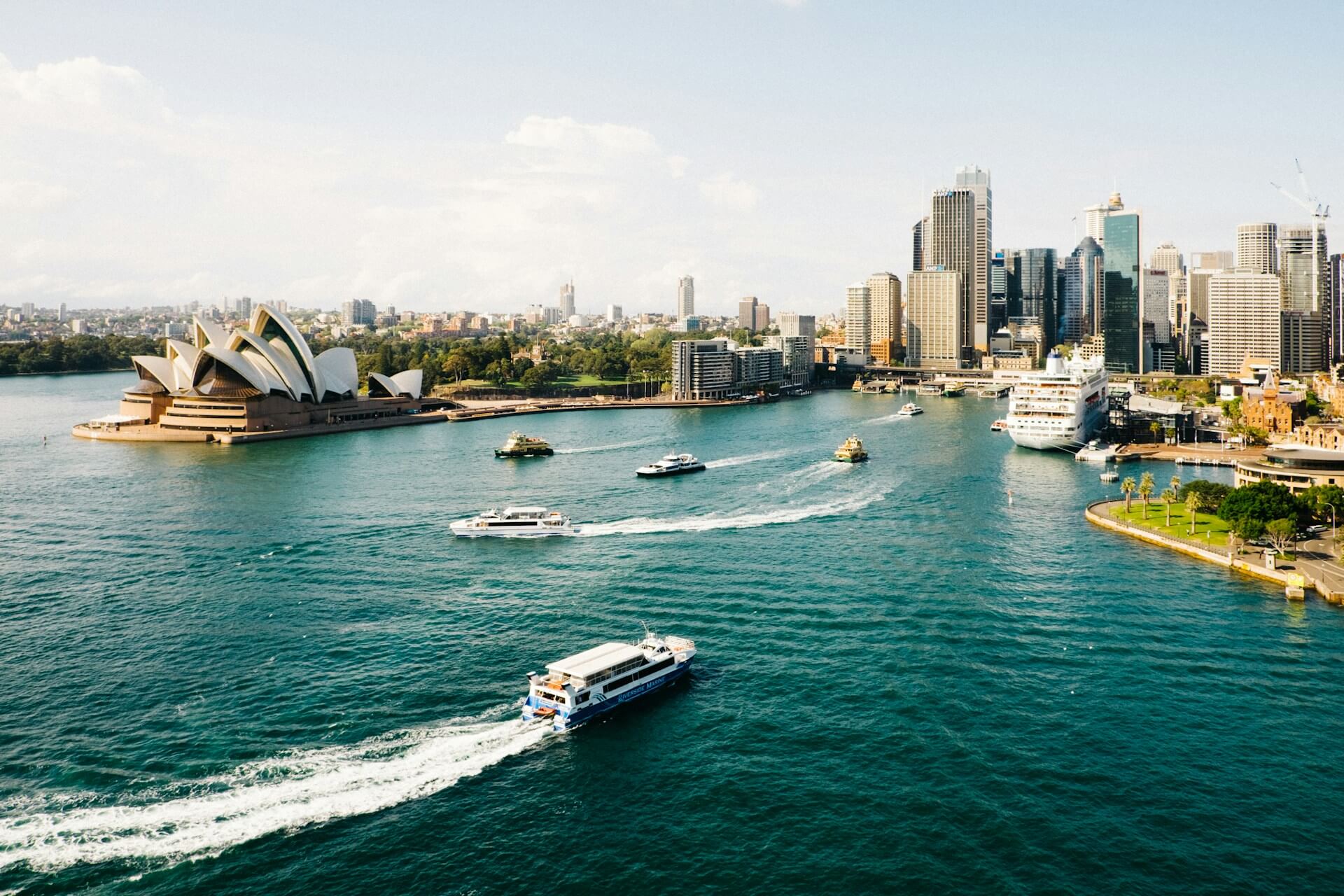What Boston Can Learn From Australia's Approach To Affordable, Stylish Homes
As housing prices climb in major American cities, the conversation around affordability often stalls between regulation and limited land supply. But in Australia, builders and governments are reshaping that narrative with a different formula—one where smart design, modular construction, and practical policy combine to deliver high-quality homes at accessible price points.

For Boston, which faces a persistent housing shortage and cost-of-living concerns, the Australian model offers not just inspiration but a roadmap. This piece explores what Boston can take from Australia's leading builders, construction methods, and housing policies to make stylish, efficient homes attainable for more residents.
Australian Builders Making Affordability Look Good
Australian homebuilders have built a reputation for producing homes that are affordable, functional, and far from boring—led by companies like Everyday Homes.
Founded over 40 years ago, Everyday Homes exemplifies what Boston lacks: a streamlined, consumer-first process that brings designer-style living to first-home buyers without stretching their budgets. From compact single-storey models to large double-storey multigenerational designs, their floorplans are optimized for liveability and cost-efficiency. Instead of overwhelming buyers with complex construction decisions, Everyday Homes uses a fixed-price system that includes quality finishes, energy-efficient fixtures, and builder warranties.
They aren't alone. Australia's prefabricated and project-home builders have become world leaders in building at scale without compromising quality. Fab Prefab, for instance, produces homes from AU$131,000 (approx. USD $87,000), many of which are ready to move into within 10-14 weeks. Meanwhile, high-efficiency firms like Ichijo Homes integrate passive design, triple-glazed windows, and rooftop solar into standard builds—features rarely found in Boston's starter homes.
Smart Design That Maximizes Every Square Foot
Australia's architects and developers don't see size as a limitation—they see it as an opportunity to design better.
Many homes in urban and suburban Australian communities are built on small blocks under 350 square meters, but thanks to open-plan living, high ceilings, and seamless indoor-outdoor transitions, they feel spacious and bright. Flexible living zones, dual-use rooms, and kitchen-dining combinations reflect a lifestyle that maximizes space without adding unnecessary square footage.
Boston's older housing stock, while charming, often suffers from inefficient layouts. Emulating Australian spatial planning could mean embracing modular floorplans that reduce hallways, prioritize shared areas, and enhance airflow and light. These design choices aren't just aesthetic—they lower construction and energy costs, making homes more affordable to build and operate.
Modular And Prefabricated Construction As A Game-Changer
Prefab homes have long been misunderstood in the U.S.—often viewed as less desirable or limited in customisation. But in Australia, that stigma has largely disappeared.
Companies like Fab Prefab and Iconic Tiny Homes have shifted public perception by showing that modular construction can deliver speed, quality, and sustainability. Homes are built in factory settings with controlled conditions, reducing waste, speeding up timelines, and maintaining consistent standards. These structures aren't cookie-cutter; they offer design flexibility and often include premium features such as energy-efficient appliances, solar panels, and smart home systems.
Boston's aging infrastructure and tight urban spaces are well-suited for modular solutions. Modular builds can be constructed off-site while the foundation is prepared—cutting total construction time in half. In a city where weather delays and labor shortages can derail projects, prefab offers predictability and cost control. Adopting a modular-first mindset, especially for infill lots or new affordable housing developments, could significantly reduce project bottlenecks.
State incentives or fast-track permitting for modular developments would be a meaningful first step. Partnerships between the city and trusted modular builders could unlock a new housing tier that sits comfortably between public housing and unaffordable market-rate condos.
Sustainable Standards That Save Money

Australia's building regulations have evolved in ways that protect both homeowners and the planet. In 2023, the National Construction Code raised minimum energy efficiency standards to a 7-star NatHERS rating, requiring homes to perform well without needing artificial heating or cooling.
Builders responded with practical upgrades: thermal glazing, better insulation, solar-ready roofs, and passive design orientation. And crucially, they did so while keeping costs competitive.
This offers Boston a blueprint. By embedding similar energy standards into new construction codes—and rewarding compliance with tax credits or fast permitting—the city can drive change across the building industry. Long-term utility savings, combined with reduced carbon emissions, benefit everyone.
Boston could also adopt Australia's free "Design for Place" initiative, which provides downloadable, architect-designed home plans optimized for affordability and sustainability. Making pre-approved green plans available to local builders would simplify the process and raise the baseline for energy-efficient construction.
Policy Support That Unlocks Housing Solutions
What sets Australia apart isn't just private-sector innovation—it's how policy reinforces it. The Australian government has created numerous channels to accelerate home construction, including:
- Small-lot zoning reforms that allow developers to build on narrower land without sacrificing aesthetics or community character.
- Help-to-buy programs that reduce down payment thresholds for first-home buyers.
- Public investment in modular housing, especially for social and workforce housing projects.
Boston could replicate this momentum by modernizing zoning laws to allow for smaller homes, duplexes, and accessory dwelling units (ADUs) across all neighborhoods. Planning reforms should reduce approval times, encourage mixed-use development, and support infill housing on underutilized lots.
Building A Boston Housing Model That Works
The Australian approach proves that affordability doesn't have to mean sacrificing quality, sustainability, or style. Through a combination of smart design, modular innovation, builder accountability, and public policy, they've created a system that serves both urban growth and community needs.
Boston doesn't have to reinvent the wheel. It simply needs to look across the Pacific and borrow what works:
- Partner with builders like Everyday Homes to develop affordable, design-forward housing prototypes.
- Embrace modular construction to combat labor shortages and speed up development timelines.
- Strengthen zoning to support smaller lots, ADUs, and mixed-use housing.
- Set higher energy standards and support them with builder resources and homeowner incentives.
- Fund pilot projects that combine all of the above—showcasing what's possible when policy and private enterprise align.
By adopting the most effective parts of Australia's strategy, Boston can begin to bridge its housing gap not just with more homes—but with better ones.

Wrapping Up
Australia's success in affordable housing also hinges on how it markets lifestyle over square footage—something Boston could leverage by emphasizing community, access to nature, and smarter urban planning. Public education campaigns around the long-term financial and environmental benefits of compact, sustainable living could shift buyer expectations.
If Boston embraces not only the structures but the culture around housing innovation, it could lead a new era of livability in American cities.
Published 7/8/25